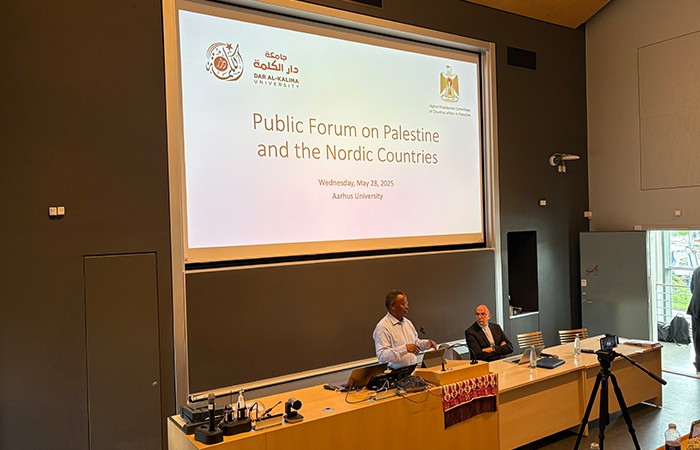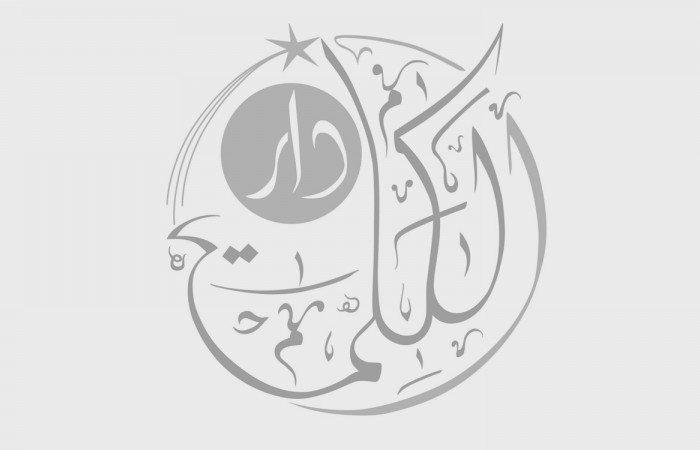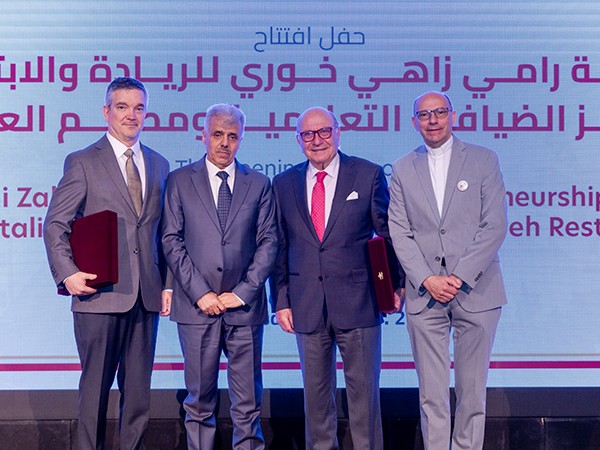Latest News
By Jirair Tutunjian, Toronto, 17 January 2022
Most books and articles about Armenian Jerusalem focus on the Armenian Convent, the Sts. James Cathedral, the Patriarchate, and the various institutions such as the Manoogian Seminary, Sts. Tarkmanchats High School, Gulbenkian Library, Mardigian Museum, and the 4,000-plus medieval manuscript collection. Thus, civilians, who represent the first and oldest Armenian Diaspora outpost, often get short shrift. The 312-page “A Palestinian Armenian” by Varsen Aghabekian makes an impressive attempt to correct the oversight.
Published last year by Dar al-Kalima University Press in Bethlehem (West Bank), the book is a salvage operation to document the recent history of Palestinian–and particularly Jerusalem–Armenians before it’s irrecoverably lost as the “players” emigrate or pass away. Other than briefly during the 1948 War between Arabs and Jews Armenians have never had a journal which would have documented the community’s political, social, economic, and cultural history life in Jerusalem and in Palestine. The patriarchate’s off-and-on published “Sion” journal, is devoted to religious, theological, and philosophical matters. There are a few autobiographies on Armenian life in Jerusalem such as “Armenians of Jerusalem” by John H. Melkon Rose (1993). Thus, Aghabekian had to compose an oral history, gathering data from mostly primary sources. The book’s endnotes list the names of hundreds of current and ex-Armenian Palestinians who provided information to the author.
“A Palestinian Armenia” is an ambitious book. Aghabekian cites half-a-dozen reasons for writing the book: to demonstrate the survival, perseverance, presence, and integration of Armenians while retaining their distinct identity; to elaborate on the social fabric of Armenians; to explain the complexities of living under Israeli occupation of the West Bank, including East Jerusalem; and to raise awareness about Armenians living in occupied Palestinian territory. As well, Aghabekian says she wanted to present Armenians in general and those living in the Holy Land not just as victims of genocide but as “survivors and doers with strength, perseverance and faith deeply rooted in their Armenian culture…their readiness to embrace and live peacefully in their host countries.”
Following the first two chapters (“Background to Armenia and Armenians” and “Background and History of the Armenian Presence in the Holy Land/Palestine”), Aghabekian gets down to the urgent business of documenting the community’s history since the end of the First World War. The subsequent four chapters are titled “The Armenian Population in the Holy Land from 1922 Onwards”, “Contribution of Armenians in Palestine over the Last Century”, “Armenians in Palestine Today: focus on East Jerusalem”, and “Shaping the Future.” All four chapters brim with original research, primary sources, and a laser-like reporting.
Armenians of Jerusalem are made up of two main groups: Kaghakatsis (Armenians whose roots in the Holy Land go back at least a millennium) and Vanketsis (Armenians who were Armenian Genocide survivors, and their descendants. They are called Vanketsi because they lived in Vank–the Armenian Convent) for generations. Aghabekian covers the recent history of Kaghakatsis and Vanketsis, the mini-renaissance of the Palestinian Armenian community during the British Mandate (1917-1948), and the four calamities (the 1948 War between Jews and Arabs which split Palestine into two unequal parts, the illegal 1967 Israeli occupation of the West Bank, the Palestinian Intifada/uprising, and the sophisticated pressures applied by the Israeli government on non-Jews in addition to harassment by Jewish settlers) that have weakened the community. These “hits” have hurt the community politically, socially, economically, and culturally and shrunk its number due to emigration. Half-jokingly one an ex-Kaghakatsi, who lives in Sydney, has wisecracked that more Kaghakatsis live in Sydney than in Jerusalem. The once flourishing Kaghakatsis now number fewer than one-hundred and are mostly elderly. The Jerusalem community, which once numbered 3,000 to 4,000, is barely one-thousand now. The Sts. Tarkmanchats High School, which in the ‘40s had 700 students, now has fewer than 180 students of whom about 20 percent are Arab-Armenians or Arab Christians. The three social/sports clubs (the heart of the community) continue to function but are far less active than they were in the ‘40s and the ‘50s. >> Read More
.jpg)







